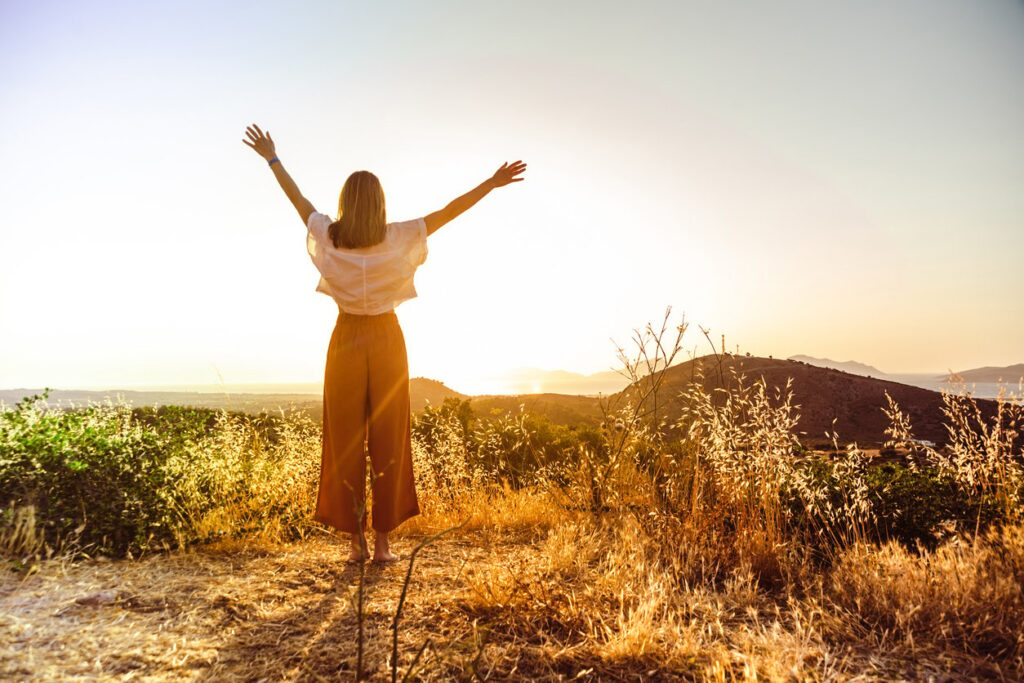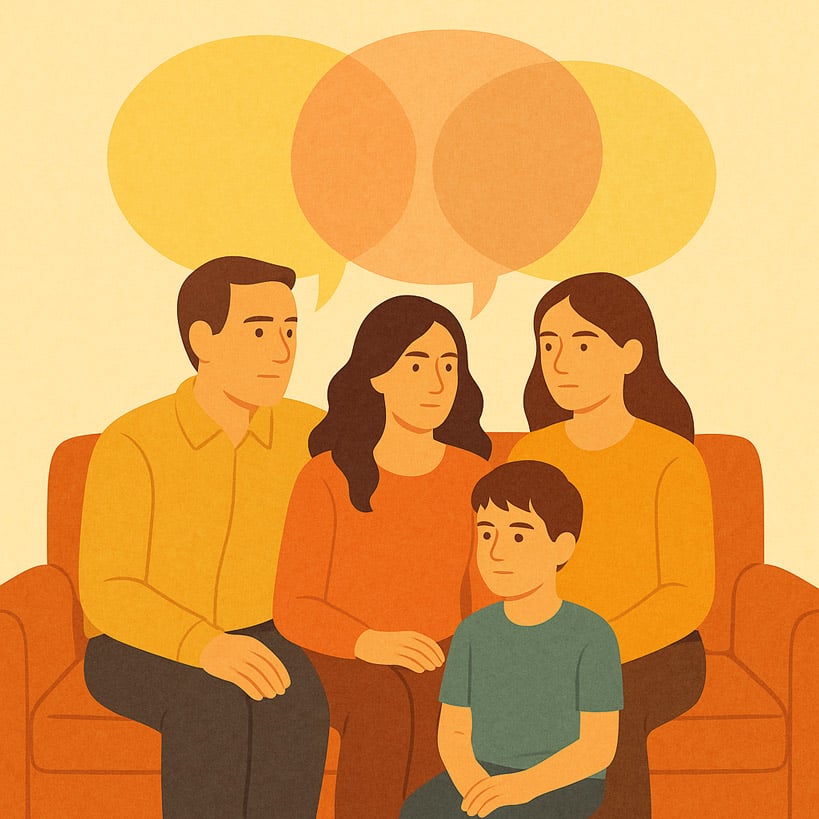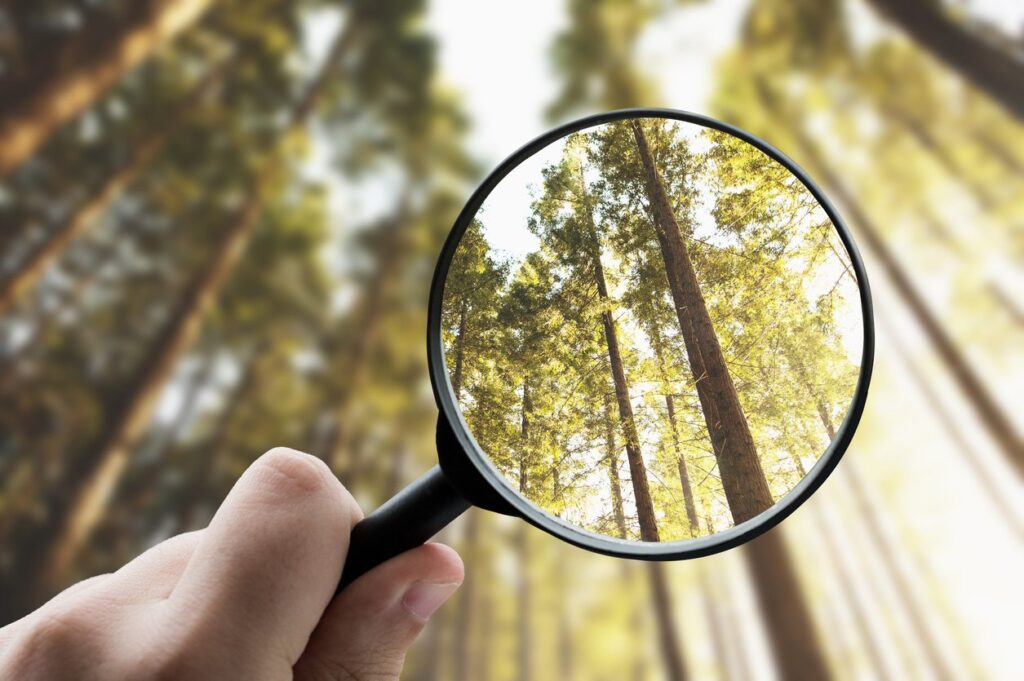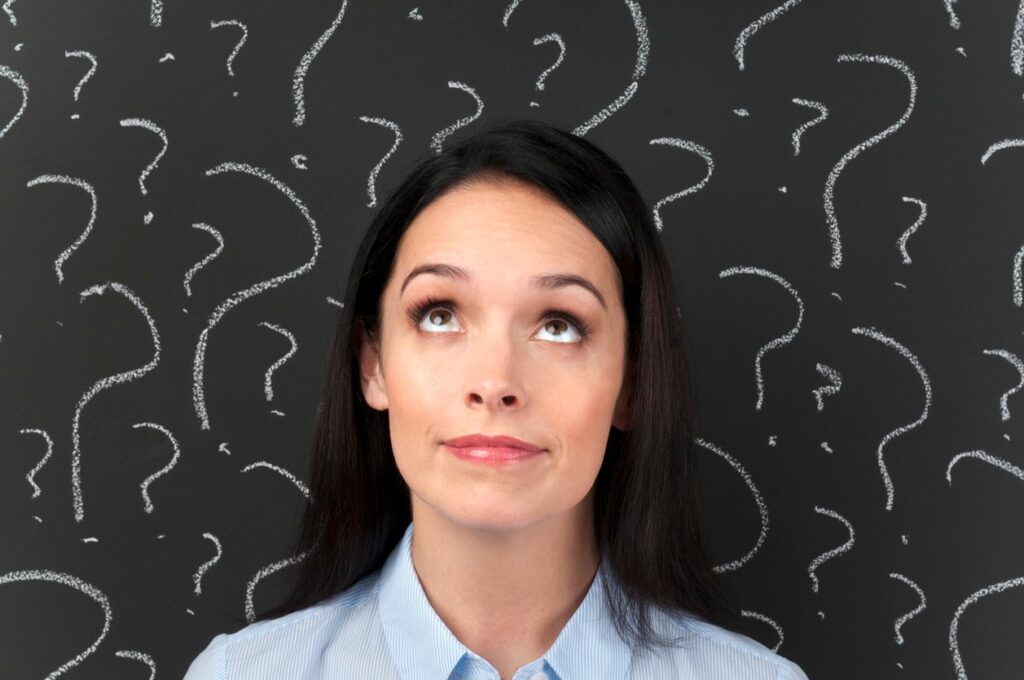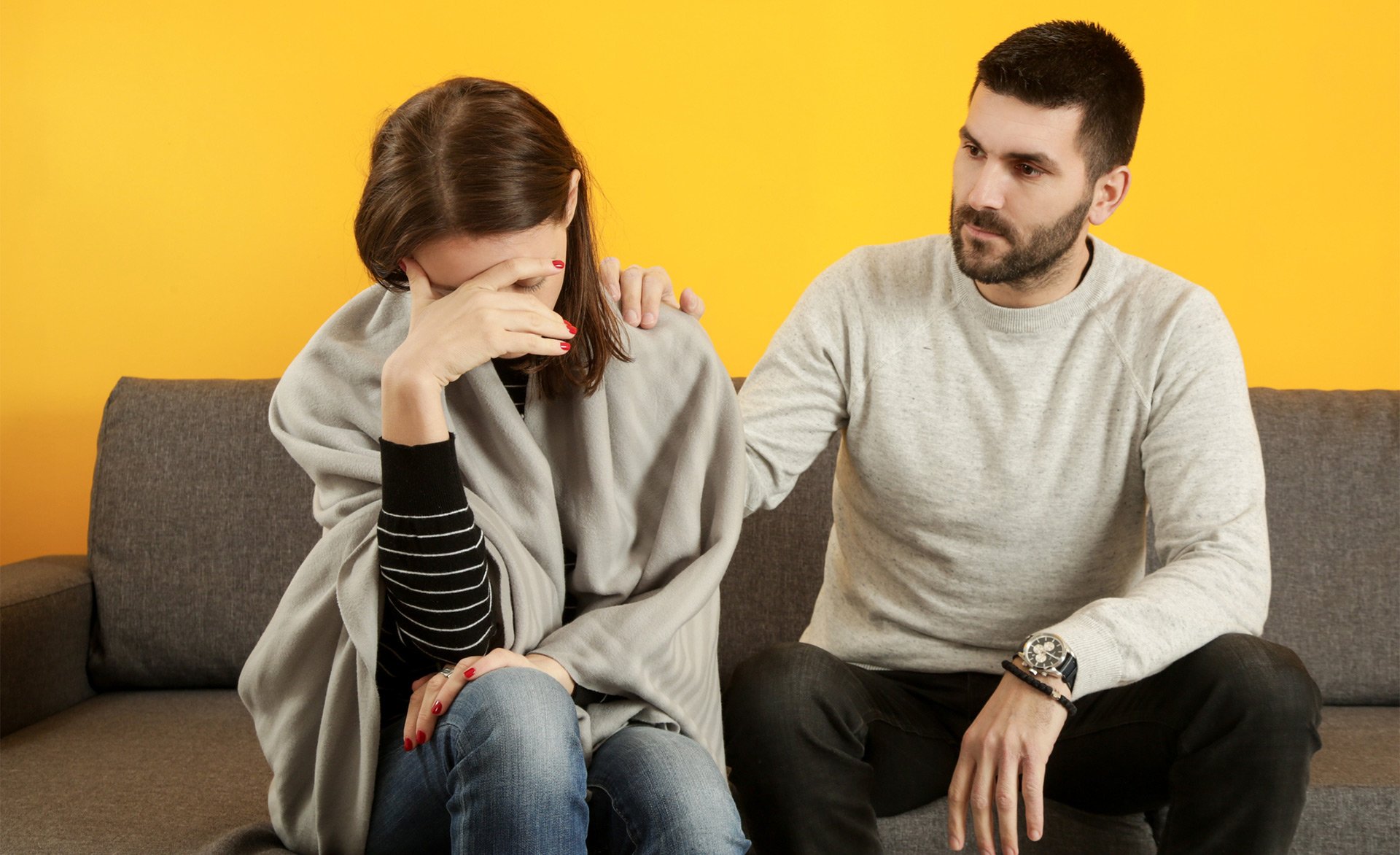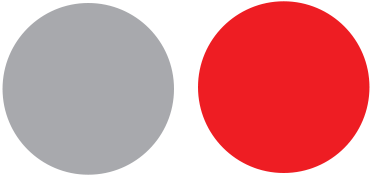Losing attraction to a partner can feel like a punch to the gut. Maybe your sex drives don’t sync anymore, or conversations feel flat. Perhaps a trust issue has left you disconnected. Whatever the cause, it’s normal for attraction to ebb in long-term relationships—it doesn’t mean you’ve fallen out of love. Psychologically, our brains shift from the fiery dopamine of new romance to the steady serotonin of companionship. The good news? You can reignite that spark with intentional steps, like rebuilding emotional intimacy or trying new experiences together.
Regardless of the underlying cause for losing attraction to a partner, the most effective way to reignite the spark is through relationship intimacy coaching. Intimacy is a close, familiar, and usually affectionate or loving personal relationship between individuals. It involves a deep connection characterized by emotional closeness, trust, and the sharing of personal information. A skilled coach can help you identify the reasons for the loss of attraction and provide actionable steps to help you regain it.
Here, we’ll discuss why loss of attraction may happen and what to do about it.
Losing Physical Attraction to a Partner

When a romantic relationship starts, there is usually a magnetic attraction to your partner. Everything feels new, every kiss is fresh and full of passion, and it seems as though the raw physical attraction will never disappear.
Here are some key aspects of intimacy:
- Emotional closeness: Intimacy involves a strong emotional bond and understanding between people.
- Self-disclosure: It often includes sharing private thoughts, dreams, beliefs, and emotionally meaningful experiences.
- Vulnerability: Being intimate means allowing another person to see sides of you that you don’t always show to the world, including your vulnerabilities.
- Trust and safety: Intimacy develops in an environment where individuals feel safe and accepted.
- Physical closeness: While not always sexual, intimacy can involve physical closeness and affection
However, that kind of initial allure is, realistically, not sustainable in the long term. It is completely normal for feelings that you have for your partner to shift as the relationship progresses – often going from the raw desire of new love to a more settled, comfortable love.
Unfortunately, losing attraction to a partner feels like turning the faucet too far in the opposite direction. The flames of long-term relationships are expected to subside, but when they are completely extinguished, it is hard for partners to stay connected. This lost attraction doesn’t necessarily signal the end of the relationship, but it does require effort to rekindle the connection. Understanding your and your partner’s emotions and well-being can deeply shape how you feel attraction toward each other.
Relationships require work, even in the intimacy department. That is why you should address losing attraction to a partner with relationship coaching sessions that can help you open up, get to the root cause, and come up with actionable solutions.
Why People Lose Attraction to Their Partner and What to Do About It
| Reason | Prevention Tips |
| Harbored anger |
|
| Communication deterioration |
|
| Failure to share activities |
|
| Boredom |
|
| Merged identities |
|
Losing Sexual Attraction to a Partner
You can definitely be in love even when physical attraction and sexual desire are waning. Love and attraction are two separate things, and while it’s great when they go together, it’s not a complete deal breaker if you’re no longer physically attracted to your partner as you once were.
It’s common for two people who love each other to lose some physical attractiveness over time. Despite no longer being as physically attracted as they once were, this is not the end of the world, and it can definitely get better if the partners are willing to do the relationship work honestly. You just need to admit it, talk about it, and start resolving it.
You can always try emotional intimacy coaching sessions with professional relationship coaches. These sessions can help you and your partner communicate your feelings, resolve potential resentments, and reignite the spark.
Can You Regain Attraction for Someone?
You can definitely reignite the passion in your current relationship! Here are a few things you can try to rekindle the flame of intimacy.
How to Reignite the Spark in Your Relationship
| Method | How it Helps |
| Take care of yourself | Try to take care of yourself! Your own emotional problems might be causing a loss of attraction between you and your partner. Be honest with yourself about your own life issues. Stress, mental health issues, physical health, or baggage from your past can all affect your relationship. |
| Redefine attraction | There are many different ways to be attracted to your partner, and attraction is more than skin deep. Emotional and intellectual attraction can also spark intimacy. Changes in physical appearance can impact sexual attraction over time, but deeper and more meaningful qualities should also be considered |
| Remember the good times and reconnect | Don’t just focus on the now, go back in time a bit and try to remember what made you fall in love with your partner in the first place. If you’ve started to lose emotional and mental connection to your partner, you should work on reestablishing those connections. |
| Seek thrills | Go on adventures together to introduce some excitement to your relationship. Focus on ways to bring novelty and freshness outside of your sex life. |
| Learn your partner’s love language | All individuals have preferences in the way they like to be loved. Some enjoy acts of service or physical contact, while some like words of affirmation. Try to translate your feelings into your partner’s language. Plan a date night that incorporates both of your love languages. |
| Nurture your independence | Don’t harbor resentment if your partner is not able to meet all your emotional needs. It’s unrealistic to expect them to do so. Cultivate friendships and interests outside of your relationship. |
| Try relationship coaching | Experienced relationship coaches can help you and your partner realign and reconnect by working on communication issues and providing a path forward. |
There are many things you can try in order to regain attraction to someone. Many people think that as time passes and the attraction is gone, so is the love. Often partners are disillusioned to realize that they don’t stay forever in the honeymoon phase. They may jump from relationship to relationship and they are quick to give up once they realize they have become less attracted to their partners.
The truth is that intimacy requires work. If both partners are committed to that work, your relationship will go the distance, especially with the guidance of a relationship coach to support you and your partner on your journey.
The Best Relationship Intimacy Coaching Is With PIVOT

It can be very emotionally draining to notice that you’re less attracted to your partner or that your partner may not be feeling attracted to you. The first step in reigniting the old flame is to try to understand what is going on between the two of you in relational dynamics and emotional intimacy. Only once you become aware of the reason can you start working on the solution.
One of the best ways to deal with losing attraction to a partner is to try relationship intimacy coaching. At PIVOT, we organize specialized relationship retreats and workshops, and we also arrange individual sessions with a team of seasoned relationship coaches.

We can work with you either individually or as a couple. If you are troubled by losing attraction to a partner, PIVOT offers accessible relationship coaching for individuals and couples as well as intensive, personalized relationship retreats. Reach out at 1-855-452-0707 for help reviving the intimacy in your relationship.






